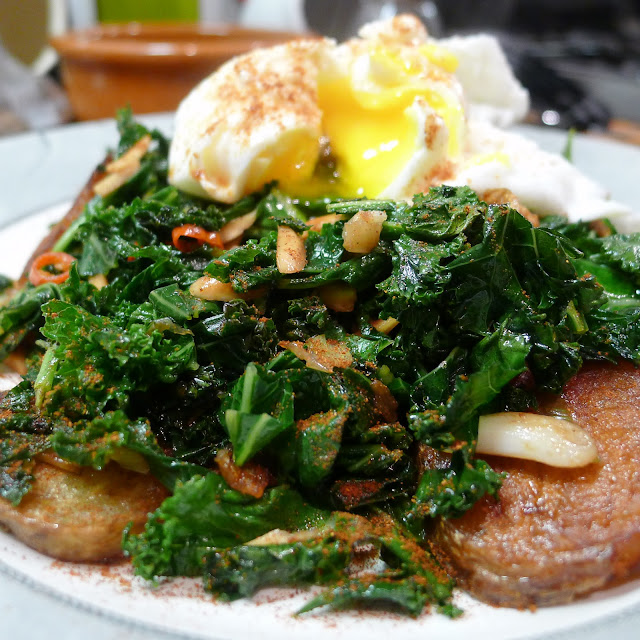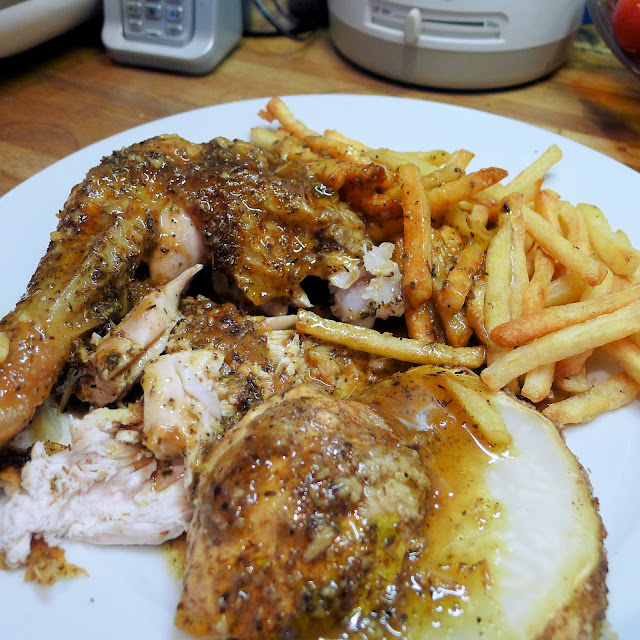In all honesty this is in fact better with a white / brown meat mix as brown meat I think adds a more intense depth of flavour. It can however sometimes be hard to get hold of mixed crabmeat (although not of course impossible as I have in the past made this with a mix) unless it is dressed.. and what you don’t want in this is bits of egg mayo!
Feel free to use normal thyme if you can’t get lemon thyme but as the former is a little stronger in aroma and taste perhaps just a little less. Similarly if you don’t have anchovy essence use an oil or salt preserved (and rinsed if the latter) anchovy, finely chopped instead and melted into the shallots as you soften them.
Sadly I ended up overcooking the asparagus so do be (more) careful - I think the timings I’ve given work well for fresh pasta but for dried I would actually suggest keeping the asparagus to one side after the cooking stage then add to the sauce at the same time as the crab.
Traditionally parmesan or pecorino is not grated over seafood or fish pasta dishes in Italy. Something that, if you do whilst there, you will almost certainly get sneered at (a bit like drinking a cappucino or cafe con latte after mid morning). Of course you can serve this with grated parmesan or pecorino if you so wish but I think the saltiness of cheeses really detracts from the delicate, sweet taste of the crab.
Crab & Asparagus Tagliatelle
Serves 2
2 tsp olive oil
1 shallot, finely chopped
1 red chilli, deseeded and deveined and finely chopped (optional)
2 tsp lemon thyme leaves
1 tsp anchovy essence
80ml dry white wine
80ml fish stock
100g asparagus, cut into 1in pieces
100-125g white crab meat
200g tagliatelle
5g unsalted butter
juice of ½ lemon
2 tbsp chopped parsley
Add the chilli, thyme, anchovy essence, wine and stock and bring to the boil before reducing to a simmer.
In a small frying pan, heat the butter until foaming and golden, add the lemon juice and the parsely, swirl around and then pour over the pasta.




















































